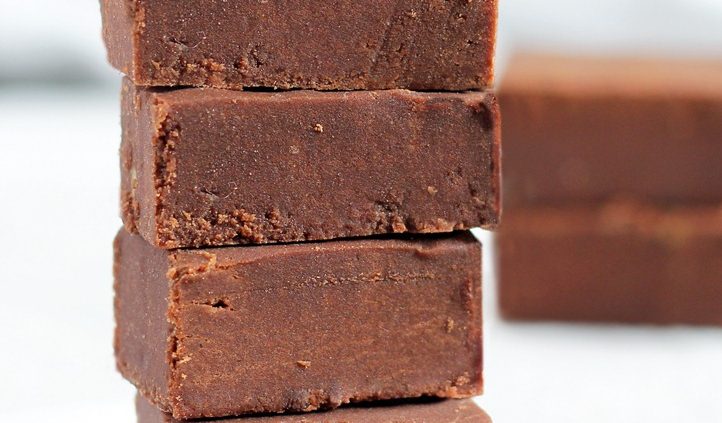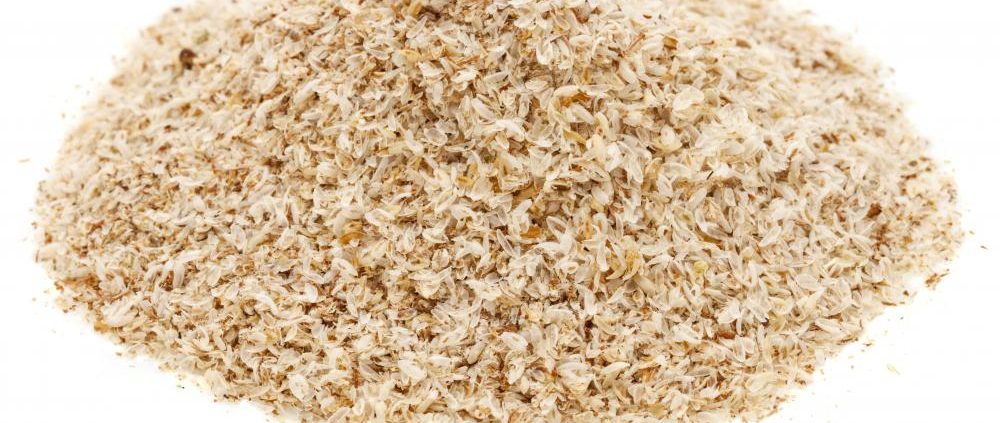Fudgy Holiday Goodness
Happy holidays, everyone! ‘Tis the season for all things festive and magical and cheery and sweet (interlaced with stress, fatigue, and nasty beefs with Old Man winter – but hey, we don’t have to talk about that right now).
I sure hope you’re finding ways to soak up the wonder and joy of the season and that you are spending time with the people in your life that light up your insides with holiday sparkle.
December is my slowest health coaching month out of the year. This may come as a shocker, but it turns out not many people are interested in talking about the warming, grounding properties of root veggies or how sugar sabotages your immune system or how to follow the Elimination/Provocation Diet in the last few weeks of the year. Hard to believe, right?
So rather than delude myself and pretend anyone is interested in what I’d have to say about health right now, I thought I’d add to the merriment by sharing a recipe for fudgy goodness that makes me salivate like a puppy.
A client passed this along a few years back, and it falls in line beautifully with one of the guidelines I use in my work: Upgrade your food whenever possible.
Food is a touchy subject. Nobody likes to have his or her food messed with, let alone taken away, so I do my best to help my clients find “upgrades” for the dishes, snacks, and sweet treats they can’t imagine living without. Usually by swapping out an ingredient here or there or buying a higher quality version of something they enjoy (dark chocolate vs. crappy chocolate), we can uncover a win-win for one’s taste buds AND one’s health.
I love when that happens.
This recipe is a great example of a fudge upgrade. (Confession: I’ve never actually made real fudge so I’m not 100% sure what goes into it, but given the way my mouth feels fuzzy and my taste buds go manic after I eat a piece, I think it’s a safe bet there’s enough sugar in it for a neighborhood.)
THIS recipe may not taste like traditional fudge, but it’s so satisfying. I’ve been making it pretty much every week in December, and as a result, it’s been easy to pass up traditional sugary sweets. Enjoy!
Fudgy Goodness
Yield: 15 small servings
1/2 cup almond butter
1/4 cup coconut butter (manna)
2 Tablespoons coconut oil
2 mashed Medjool dates
1 Tablespoon cinnamon
1-2 Tablespoons cocoa powder
2 Tablespoons hemp seeds
1/4-1/2 teaspoon sea salt
Combine ingredients in small pan and melt together over low heat. Stir together while heating, working to mash the dates more while stirring.
When mixture becomes liquid, pour into a small 5 x 7 glass dish or pan lined with parchment paper (you can also simply grease a pan if you don’t have parchment paper). Place in fridge and cool until it begins to harden – about 1/2 hour.
Cut into individual pieces and store in the fridge or freezer – they will melt if left out at room temperature. And you might be tempted to eat them all at once!
If you decide to make some fudgy goodness, please leave a comment and let me know what you think. Hearing from you makes my heart sing.
Love, Claudine



Follow